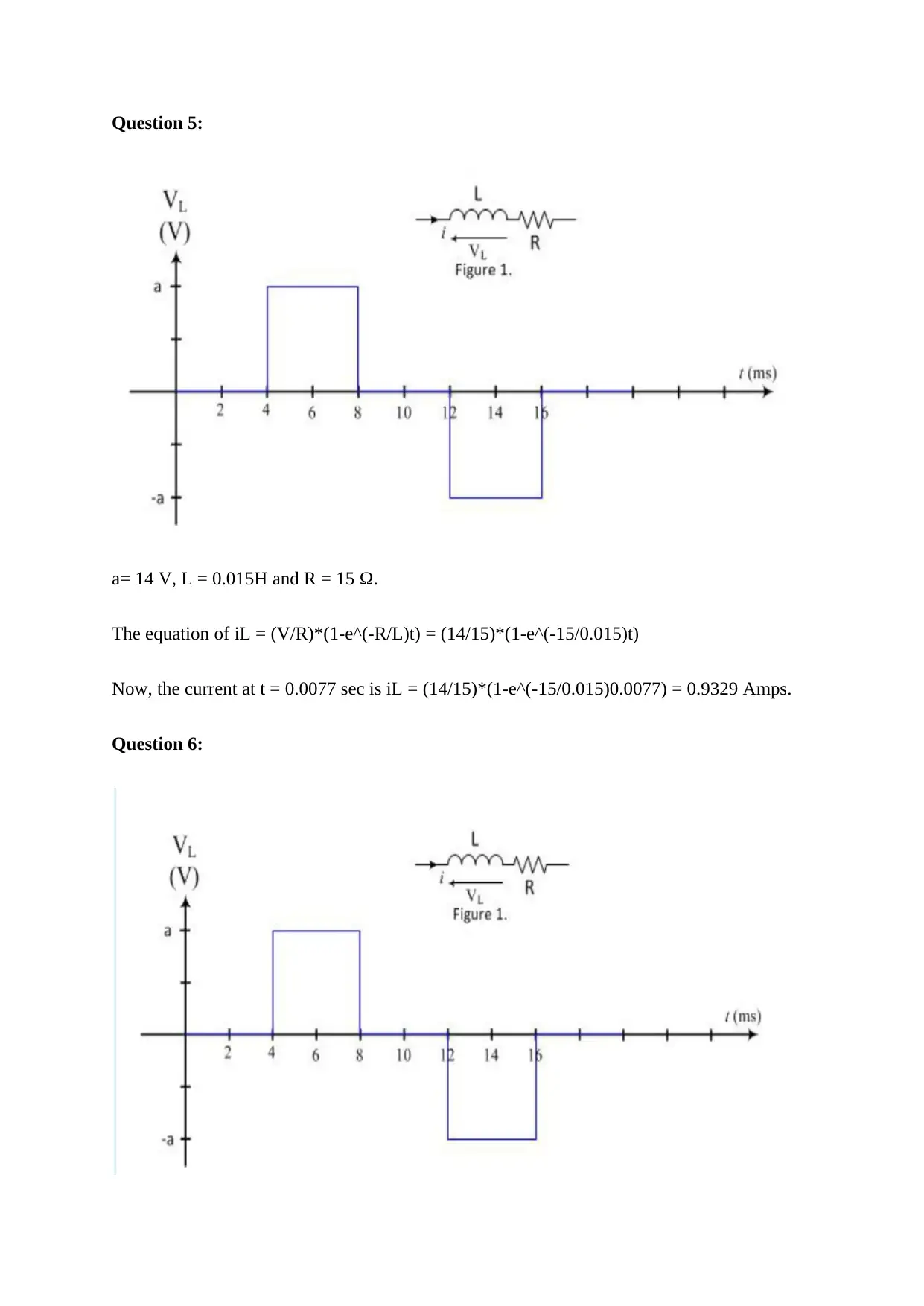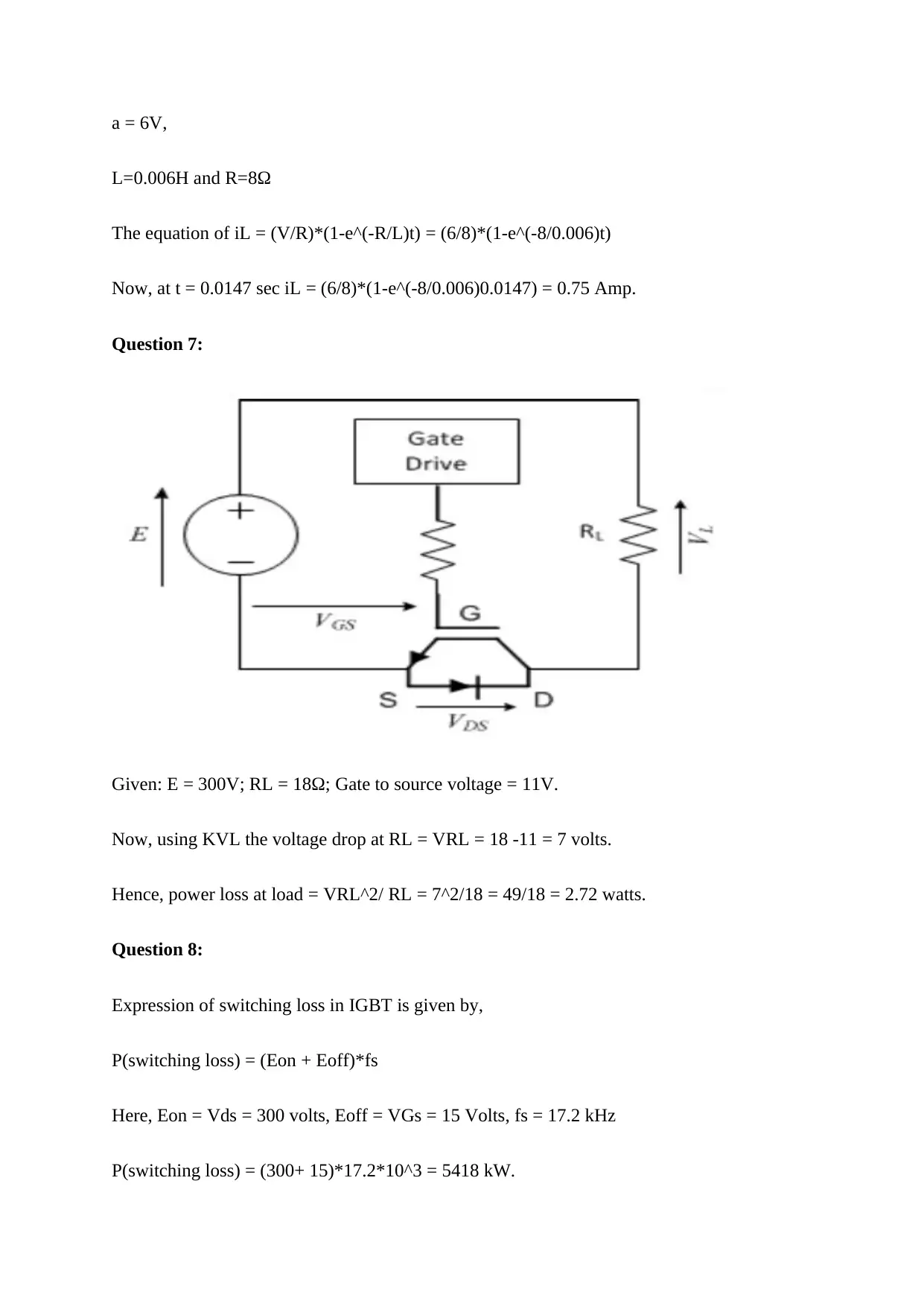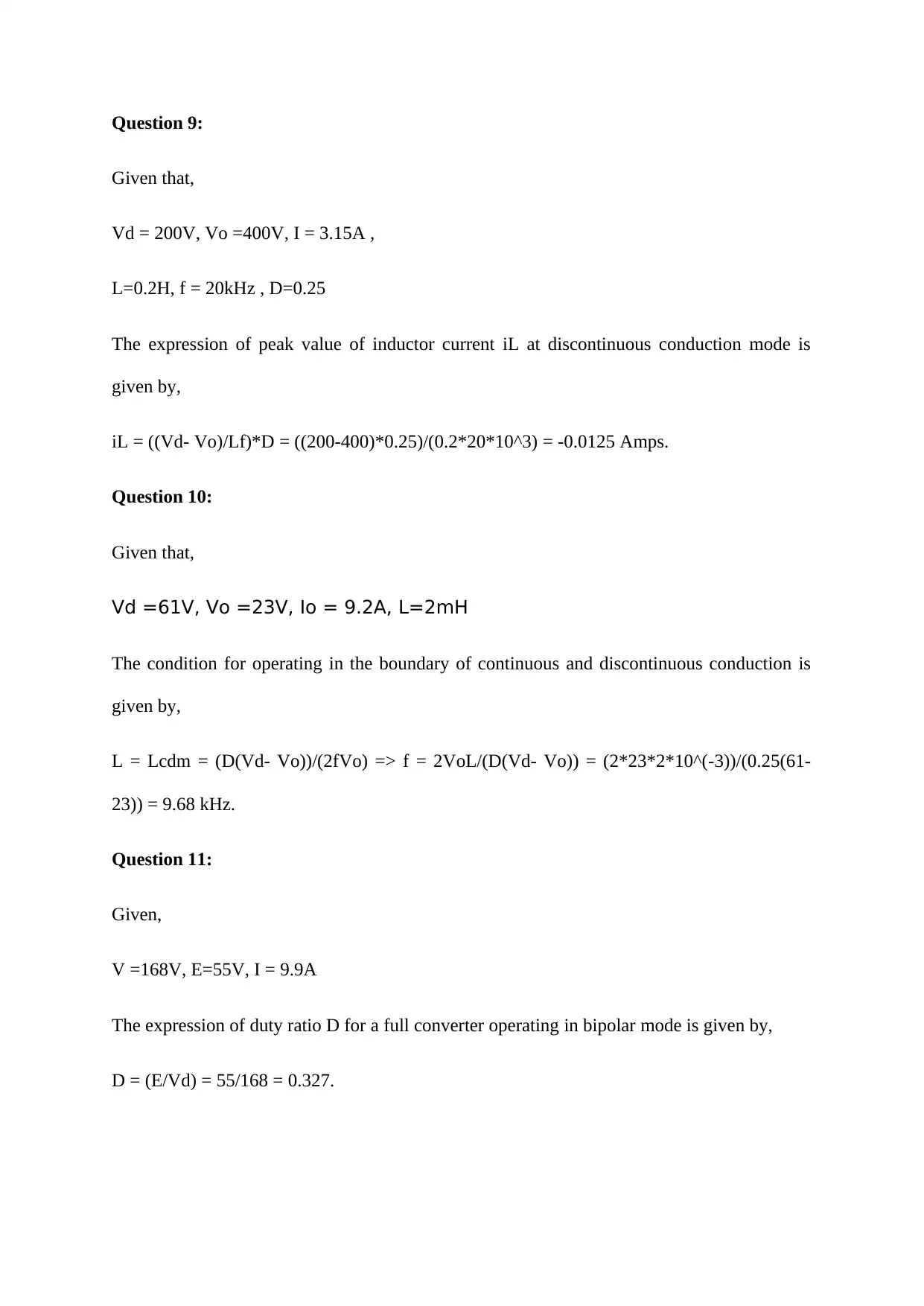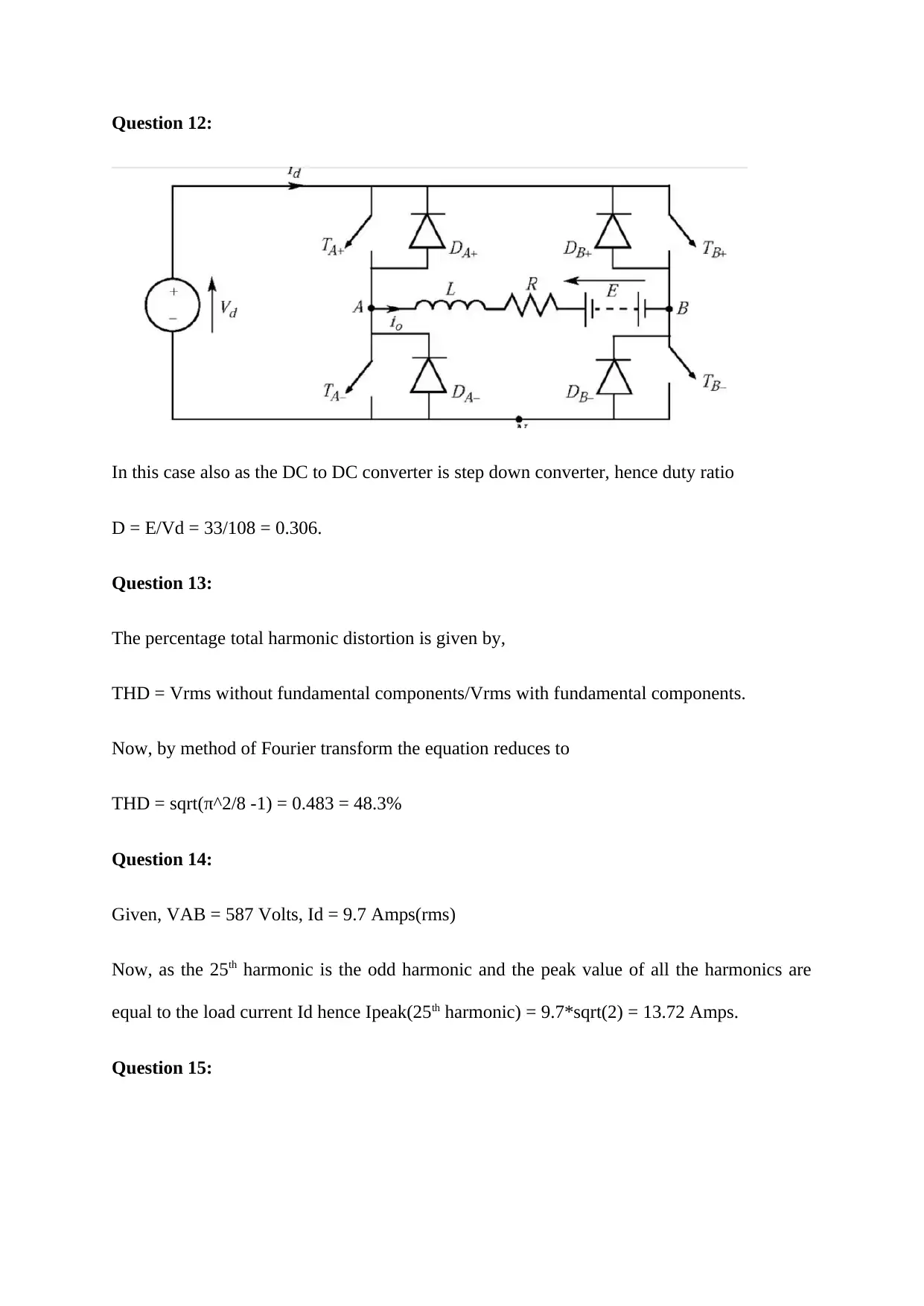Solved: USQ ELE3805 Power Electronics Assignment 1 Solution, 2018
VerifiedAdded on 2023/06/11
|8
|952
|362
Homework Assignment
AI Summary
This document provides detailed solutions to a Power Electronics assignment, specifically addressing questions related to resistor-capacitor circuits, inductor behavior, delta-star winding configurations, and IGBT switching losses. The solutions involve calculating mean and RMS values, peak-to-peak currents, power losses, duty ratios, and total harmonic distortion, applying fundamental electrical engineering principles and formulas. The assignment covers various aspects of power electronics, including circuit analysis, waveform sketching, and component characteristics, offering a comprehensive understanding of the subject matter. Desklib is a valuable resource for students seeking similar solved assignments and study materials.
1 out of 8













![[object Object]](/_next/static/media/star-bottom.7253800d.svg)